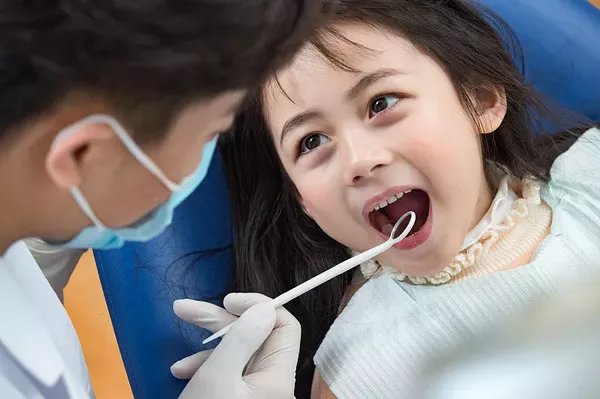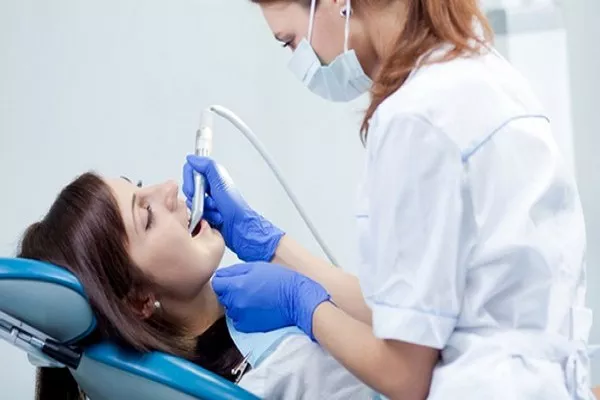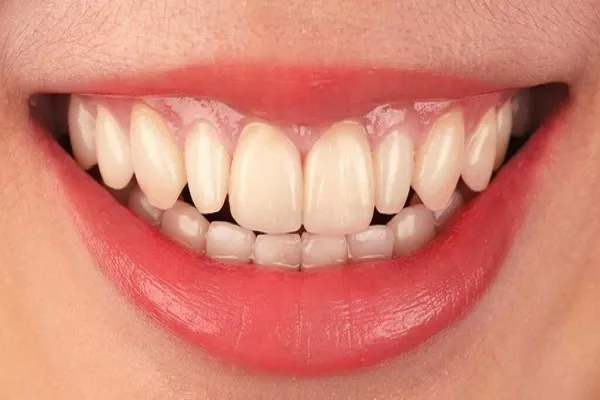In the realm of dental health, the question of whether wisdom teeth removal falls under the umbrella of orthodontics is a topic that often sparks curiosity. This article aims to dissect the intricacies of wisdom teeth extraction and its connection to orthodontics, shedding light on the key aspects that define these dental procedures.
1. Understanding Wisdom Teeth Removal
Wisdom teeth, also known as third molars, typically emerge in the late teens or early twenties. While some individuals experience no issues with these molars, others may encounter problems such as impaction, crowding, or improper alignment. Wisdom teeth removal, in essence, is a surgical procedure aimed at extracting these molars to prevent potential dental complications.
1.1 Implications of Impacted Wisdom Teeth
The removal of impacted wisdom teeth is often considered a preventive measure. Impacted teeth can lead to a range of problems, including pain, infection, and damage to neighboring teeth. Dental professionals may recommend removal to safeguard overall oral health and prevent future issues.
1.2 Addressing Crowding Concerns
In cases where there is insufficient space for the wisdom teeth to emerge properly, orthodontic concerns such as crowding may arise. Wisdom teeth removal, when viewed through an orthodontic lens, can be seen as a strategic step to alleviate crowding issues and maintain the alignment of existing teeth.
2. Wisdom Teeth Removal vs. Orthodontics
While wisdom teeth removal is a common dental surgical procedure, it is not technically categorized as orthodontics. Orthodontics primarily focuses on the correction of misaligned teeth and jaws through devices like braces or aligners. However, the connection lies in the potential impact of wisdom teeth on the overall alignment of the teeth and the subsequent considerations by orthodontic professionals.
2.1 Orthodontic Evaluation Pre-Removal
Before recommending wisdom teeth removal, orthodontists often conduct a thorough evaluation. This evaluation considers the patient’s overall dental alignment and the potential impact of removing wisdom teeth on the existing structure. This comprehensive approach ensures that the decision aligns with broader orthodontic goals.
2.2 Alignment Maintenance Post-Removal
After the removal of wisdom teeth, orthodontic professionals may play a role in maintaining or adjusting the alignment of surrounding teeth. This step is crucial to preventing any shifts in tooth position that could result from the absence of wisdom teeth.
3. Wisdom Teeth Removal and Overall Oral Health
Beyond the orthodontic realm, the importance of wisdom teeth removal extends to safeguarding overall oral health. Dental studies indicate a correlation between retained wisdom teeth and an increased risk of oral health issues, including gum disease and decay.
3.1 Gum Disease Prevention
Retained wisdom teeth can create pockets where bacteria can thrive, increasing the risk of gum disease. By opting for removal, individuals contribute to the prevention of periodontal issues, promoting long-term oral health.
3.2 Decay Avoidance
Wisdom teeth, due to their location at the back of the mouth, can be challenging to clean properly. This makes them susceptible to decay. Removal not only prevents decay in the wisdom teeth but also reduces the likelihood of decay affecting adjacent teeth.
4. Post-Wisdom Teeth Removal Care
Post-surgical care is integral to the success of wisdom teeth removal. This section will delve into the essential steps individuals should take to ensure a smooth recovery and minimize potential complications.
4.1 Follow Dental Professional Guidelines
Adhering to the guidelines provided by dental professionals post-removal is crucial. This may include prescribed medications, dietary restrictions, and proper oral hygiene practices to facilitate optimal healing.
4.2 Monitoring for Complications
Vigilance in monitoring for signs of complications, such as infection or excessive bleeding, is paramount. Immediate communication with the dental professional can mitigate potential issues and contribute to a successful recovery.
5. Conclusion: A Comprehensive Approach to Dental Health
In conclusion, while wisdom teeth removal is not classified as orthodontics, its implications on dental alignment and overall oral health underscore the interconnected nature of dental procedures. Individuals considering wisdom teeth removal should approach it with an awareness of both its preventive benefits and its potential impact on orthodontic considerations.
Related Links:
Does brace change your face shape?
How to clean orthodontic retainers?
Why do dentist put rubber bands between teeth?































